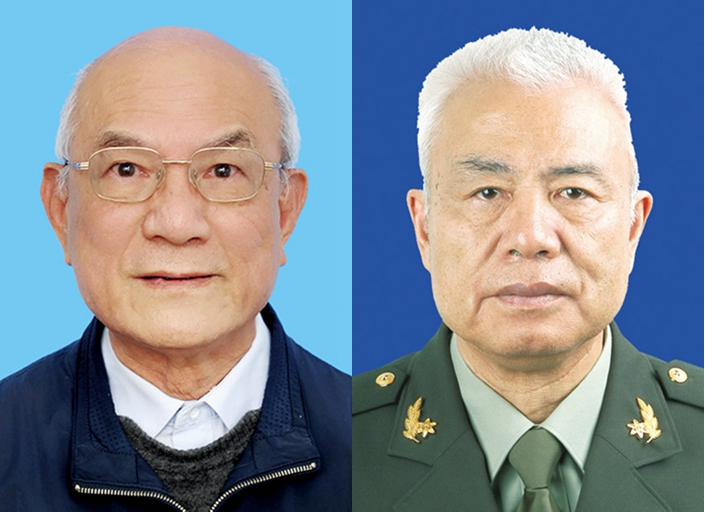
The 2019 National Science and Technology Award Conference of China is drawing near to award researchers for their outstanding contributions in science and technology.
The conference, which is held annually at the Great Hall of the People in Beijing, is attended by the state leaders, who present awards to the recipients.
Five awards will be given out at the conference, including the Highest Science and Technology Awards, the State Natural Science Award, the State Technological Invention Award, the State Scientific and Technological Progress Award and the China International Science and Technology Cooperation Award.
Since China's reform and opening up in 1978, the country has awarded more than 100,000 scientists and more efforts are being made to encourage them.
Highlights from last year
The 2018 National Science and Technology Award Conference, which was held in on January 8, 2019, honored 278 projects, with 38 winning the State Natural Science Award, 67 the State Technological Invention Award, and 173 the State Scientific and Technological Progress Award, and seven scientists include five foreign scientists were awarded.

Two Two academicians, Liu Yongtan and Qian Qihu, received the 2018 The Highest Science and Technology Awards. /Photo via The Ministry of Science and Technology of China
Two Two academicians, Liu Yongtan and Qian Qihu, received the 2018 The Highest Science and Technology Awards. /Photo via The Ministry of Science and Technology of China
The top honor – The Highest Science and Technology Awards – was given to two academicians, Liu Yongtan and Qian Qihu.
Liu, an academician of the Chinese Academy of Sciences and the Chinese Academy of Engineering (CAE), was recognized for his contribution to China's first high-frequency radar system.
Qian, a CAE academician, was awarded for his work on the country's underground nuclear shelter facilities.
Scientists are being treated with increasingly more importance in China as last year's National Science and Technology Award Conference saw further changes.
The amount of awards last year increased by 50 percent, and the awards adopted a full open nomination mechanism for the first time, canceled the limits on quotas, and specified more strictly nominees' qualifications and nominating procedures.